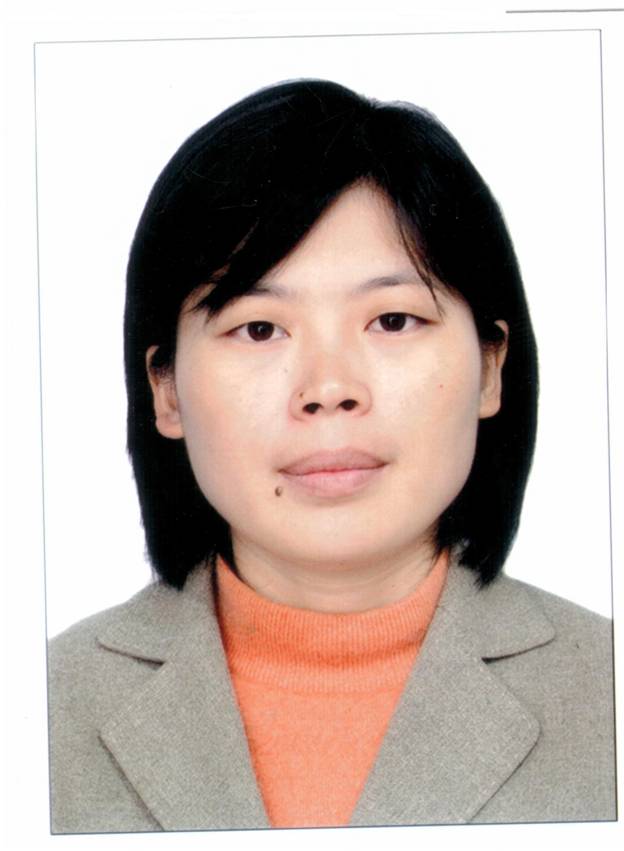


[1].Zhang, X.; Gao Y. Li, Q.; Li, G.; • Guo Q •Yan C.Estrogenic Compounds and Estrogenicity in Surface Water, Sediments, and Organisms from Yundang Lagoon in Xiamen, China. Arch Environ Contam Toxicol. 2011, 61, 93-100.
[2].Zhang, DD. Zhang, X*. Yan C .Occurrence of selected antibiotics in Jiulongjiang River in various seasons, South China. J. Environ. Monit. 2011.13.1593-1601.
[3].Gao Y. Zhang, X•. Yan C. Photodegradation of a notorious endocrine disrupting chemical nonylphenol in water under both natural and simulated sunlight. Fres. Environ. Bull. 2010, 19(12),2966-2973.
[4].Zhang, X. Zhang, DD. Yan C. Diastereoisomer- and Enantiomer-specific Profiles of Hexabromocyclododecane in Sediment of DongJiang River, South China. Environ. Chem.. 2011. In press.
[5].Zhang, X.; Li, Q.; Li, G..; Wang, Z.; Yan C. Levels of estrogenic compounds in Xiamen Bay sediment, China, Marine Pollution Bulletin 2009, 58, 1210-1216.
[6]. Zhang, X.; Yang, F.; Cai, Y.; Xu, Y. The oxidative damage in unfertilized eggs of Chinese rare minnow exposed to nonylphenol. Environ. Toxic. & Chem. 2008, 27,213–219.
[7]. Zhang, X.; Yang, F.; Xu, Y.; Liao, T.; Song, S.; Wang. J. Induction of hepatic enzymes and oxidative stress in Chinese rare minnow (GobiocyPris rarus) exposed to waterborne hexabromocyclododecanes (HBCDDs). Aquatic Toxicology 2008, 85, 4-11.